The river trout fly fishing season in Wales begins on March 3rd. If you’re anything like me, you will have been counting down the days with excitement and anticipation, itching to cast a dry fly after a long winter of targeting grayling using euro nymphs.
Early-season river trout can be fickle, but they are well worth persevering for. After a long and hard winter, larger trout are more willing to rise to a dry fly or snap up an ascending nymph, keen to replenish their fat stores. At other times of the year, these large trout will likely only feed on small fish, or if they do take dries, it will be under the cover of dusk.
A Guide to early seaosn trout fishing success
Best early season trout flies
Luckily, early-season matching the hatch is pretty easy due to the fact that there are only a few flies on the water. These are the March Brown, Large Dark Olive and Grannon Sedge. All of which like to hatch during the warmest period of the day. This is usually midday, but it can pay dividends to check the forecast in case late afternoon is going to be the warmest period on that given day.
March Browns
The main hatch takes place in late March to early April. A March Brown hatch is typically made up of 15-20 minute intermittent flurries of activity over a few hours. The randomness of a March Brown hatch makes it a challenging hatch to fish. A March brown is easily identified by their mottled brown wings and are typically only found on spate rivers.
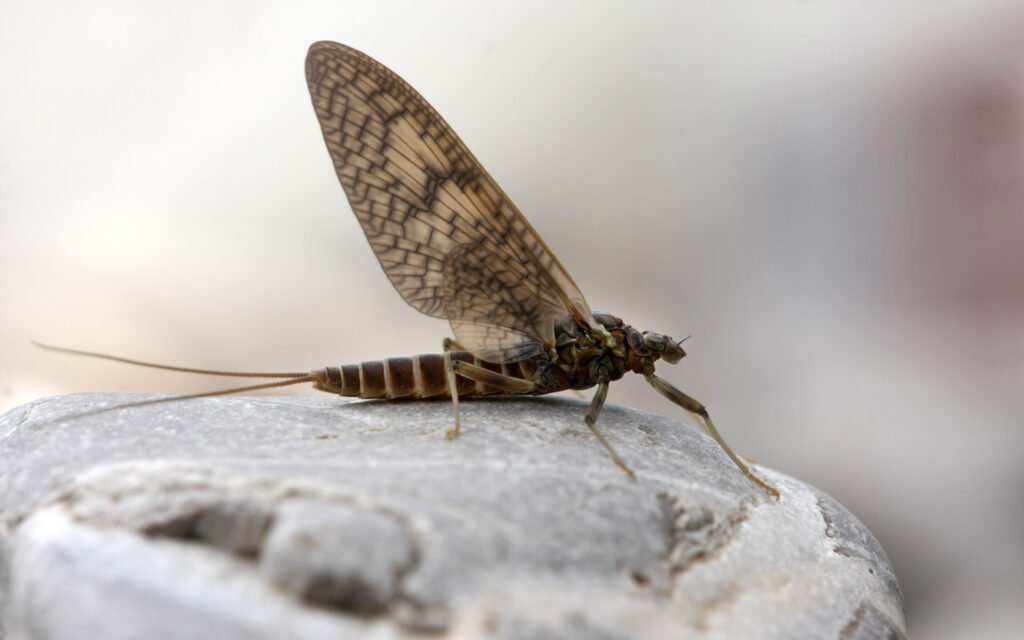

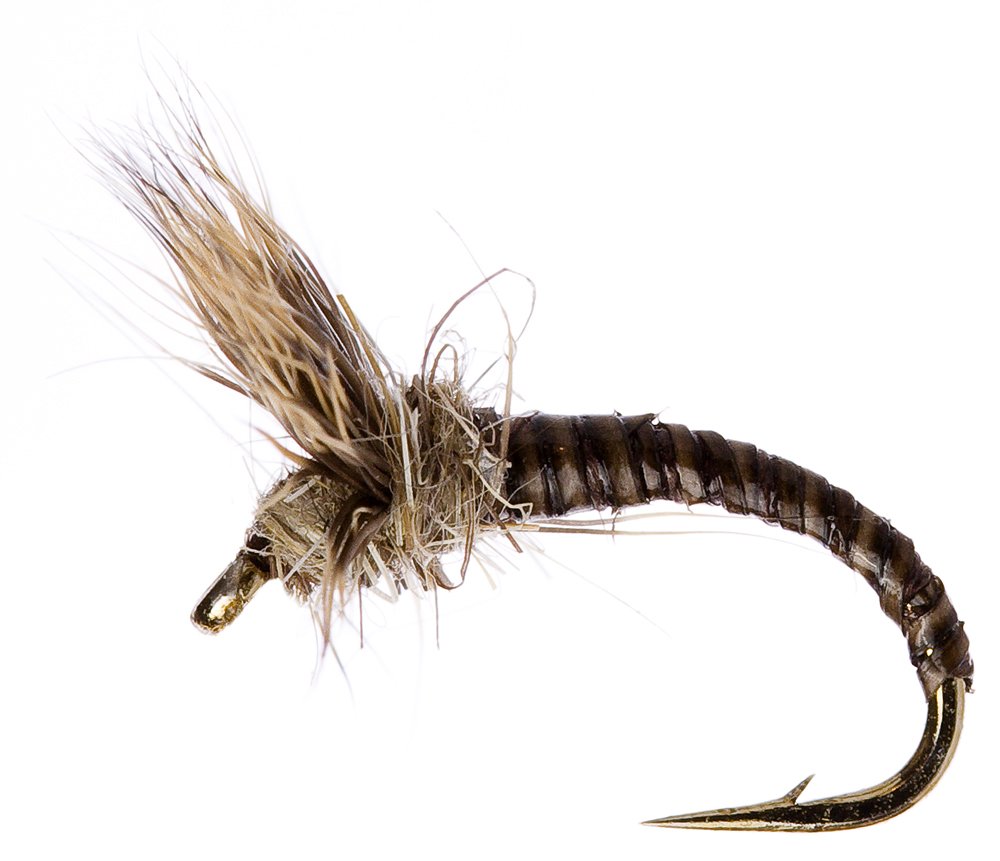
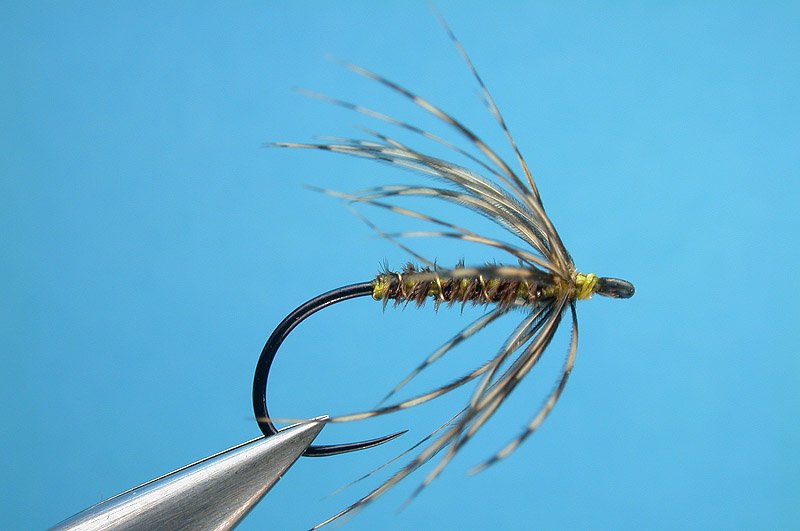
Large dark Olives
The Large Dark Olive provides a much better opportunity for early-season dry fly sport than the March Brown. This is thanks to the LDO hatching in greater numbers on most rivers and a lot less sporadically. Typically, that hatch will start at midday and then continue into the afternoon.
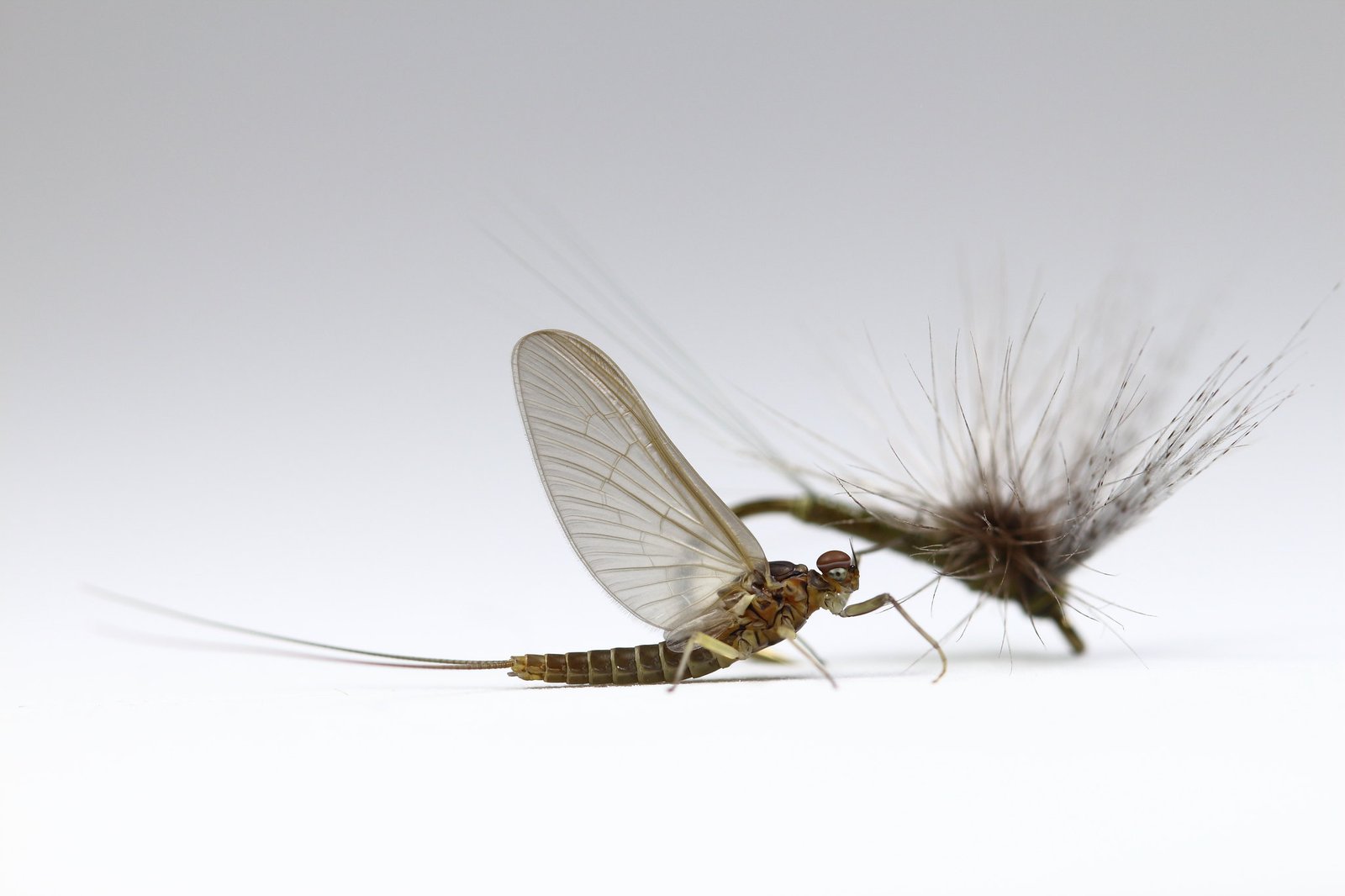
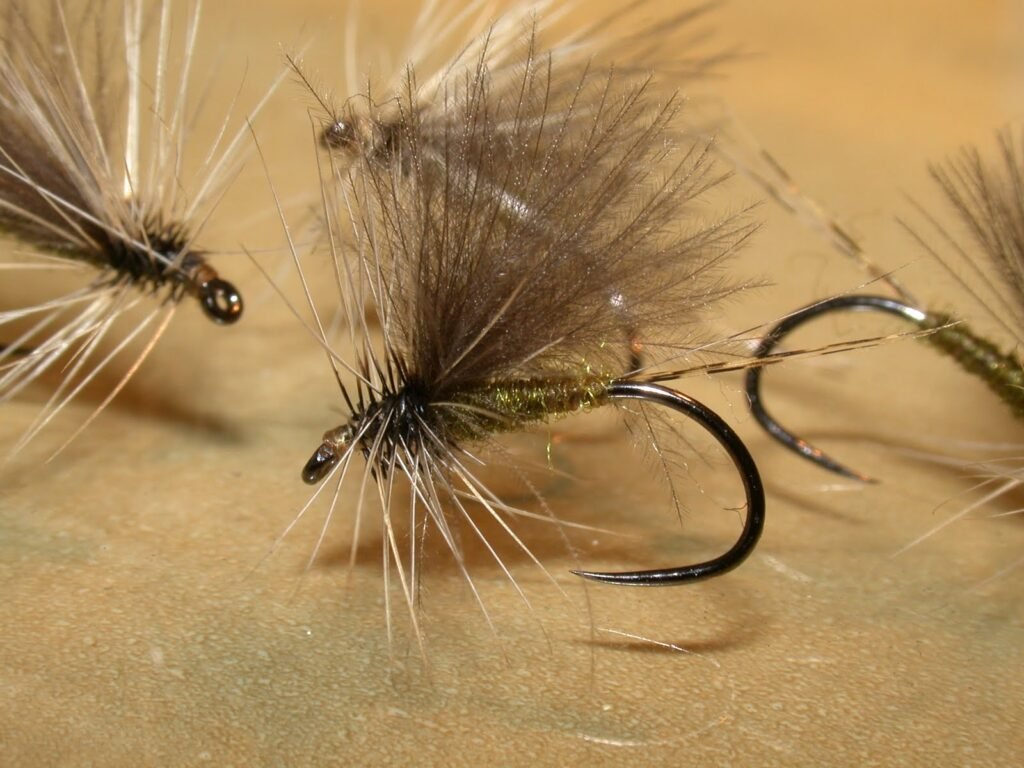
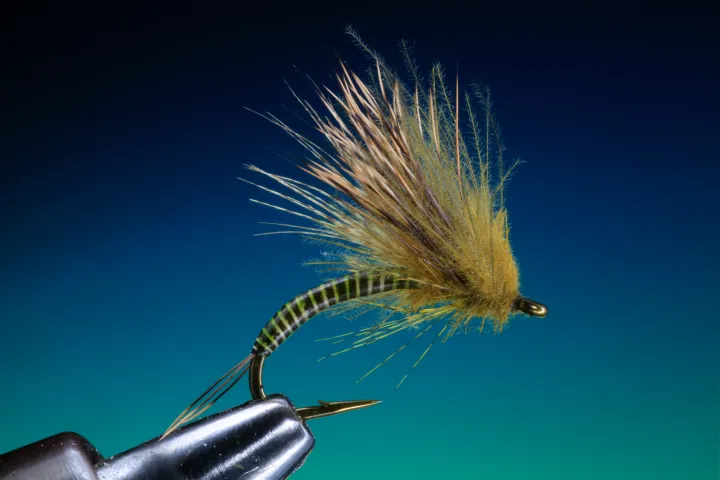

Grannom Sedge
This small sedge appears on our rivers in April for a period of two weeks or so. The hatch typically begins mid-morning and will last until late afternoon. Although grannom are only around for two weeks, it is very important to carry an imitation. Trout have a tendency to become selective and ignore up-winged flies during a Grannom hatch.
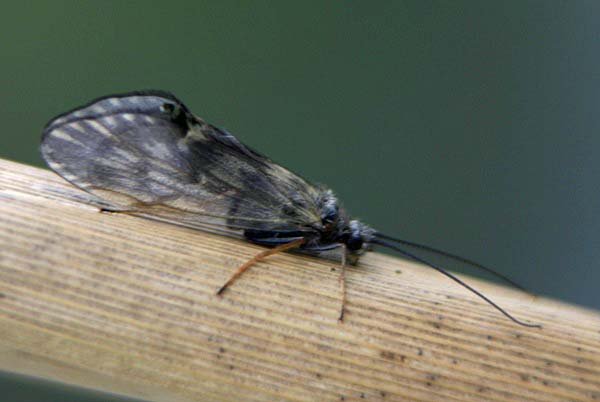
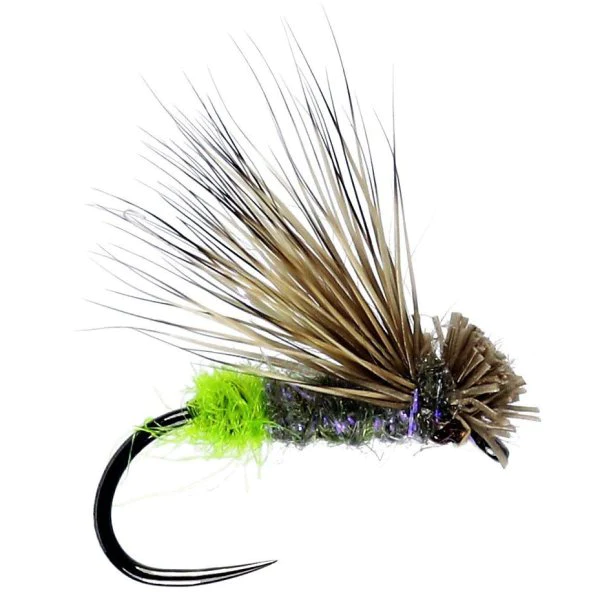

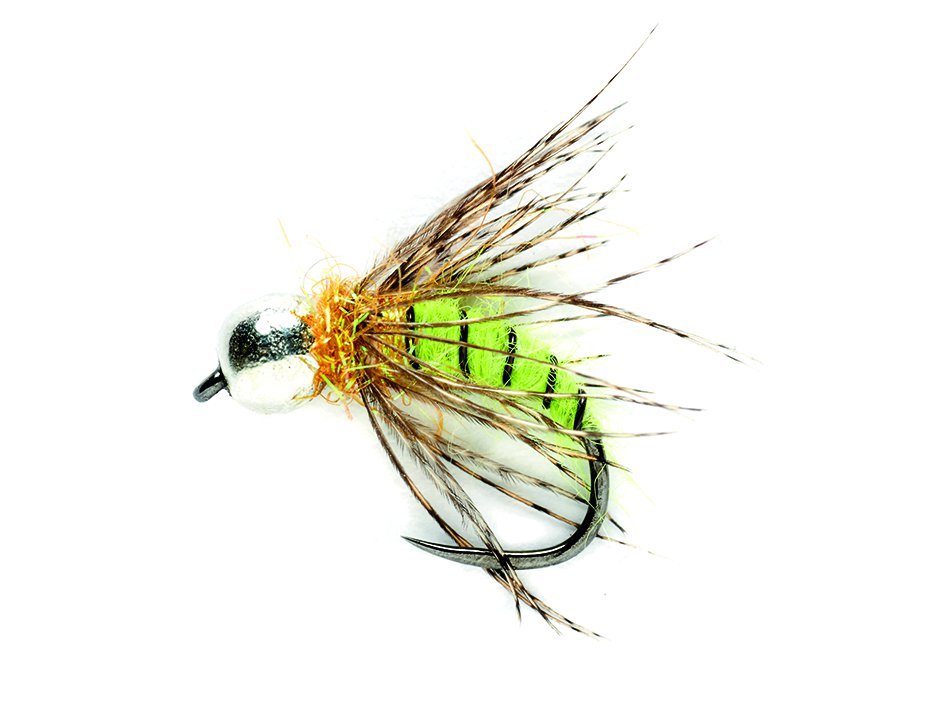
My Approach to Early Season Dry Fly Fishing
Like all river fishing, the most important thing is to approach the water with careful thought and consideration. Don’t simply show up and start flogging the water.
Take a walk…..
Yep, you read that correctly. Upon arriving at the river, it can pay off big time to walk the stretch and look for signs of rising fish. Failing that, you want to look for pools with good dry-fly fishing characteristics.
Water temperatures will still be fairly cold at the start of the season. Fish are much more likely to be in slower water, where they will be expending less energy. They will still need a steady supply of food, though.
So we need to find a pool that……
Has some faster water in the head to act as a food conveyor belt and a deeper belly section to provide sanctuary.
Okay, so we have located a suitable pool or rising fish. Now, it is time to stop and think about our approach for a second.
We want to locate which fish are rising most often and make a mental note of their locations. Also, try to narrow down which early-season species of fly is hatching and at what life stage the trout are showing a preference for.
If the rise is a splashy slash, the water surface is clearly broken, or it leaves a bubble behind, the trout are most likely taking the adult duns.
If the rise is more subtle and all you can see is a swirl of water on the surface, the trout has most likely taken an emerging fly or nymph close to the surface.
Before entering the water, plan your approach carefully. Wading in slower water disturbs fish and can put them down. You need to enter the river at a point that minimises the distance which you need to wade. When wading, move slowly to avoid water disturbance and tread slowly to reduce any sub-surface vibrations. Also, remember to enter behind any rising fish so you don’t spook them.
You’re in position and ready to cast, but there is a problem. The fish have ceased to rise. Don’t worry; this is fairly normal when fishing for timid wild trout. Stay in your current position and give it 15 minutes or so, and the fish will normally regain confidence and start to rise again.
When making your cast, aim to land your fly a few feet ahead of your target fish to minimise drag. If a fish refuses your offering, you can try a few things to change Mr. Trout’s mind. Have another go; fish do sometimes take the dry second time around. If this fails, try mending the line or repositioning to get a better angle on the fish. The number one reason a fish will refuse your fly is drag. Another possible reason a fish might refuse is fly choice; at this stage, I would change the pattern or try a smaller imitation.
Following these steps, I hope you feel more confident to get out on the river and have a crack at some early-season river dry fly fishing.
Tackle and Set up
A rod 8–10 feet long, rated at 3–5 wt, is the ideal tool for this style of fishing.
Presentation and turn-over are important when fishing in this style. I like to use a 9-foot shop-bought tapered leader, which I attach a tippet ring to. From this tippet ring, I then tie on 3–4 feet of fluorocarbon tippet, which I degrease using a mixture of fuller earth mud and washing up liquid.
This is where my setup gets a little less unorthodox…..
I like to fish my dry fly on a dropper with a spider pattern on the point. This is for two reasons: firstly, a wary fish might be more likely to take the spider, and secondly, the spider on the point helps to pull my tippet beneath the surface.
A spider pattern is just heavy enough to pull the tippet material subsurface, minimise the chance of the tippet getting stuck in the surface film. A floating tippet can put fish off, especially if sunlight is creating glare.
Nymph through it
You arrive at the river, it appears lifeless; nothing is hatching. Don’t despair; get the nymphing rods out. Fishing nymphs is without a doubt the most effective way to catch fish. Every angler should learn to fish the upstream nymph, it is a timeless and classic method that will develop your fishing skills.
Early season can be pretty cold, which means any fish are going to be close to the river bed and reluctant to move any distance to intercept your fly. My number one tip is to make sure you are fishing heavy enough. To tempt a take, your nymphs need to be on or very close to the bottom. To ensure success, make sure you carry a range of heavy nymphs with beads up to 4.5 ml.

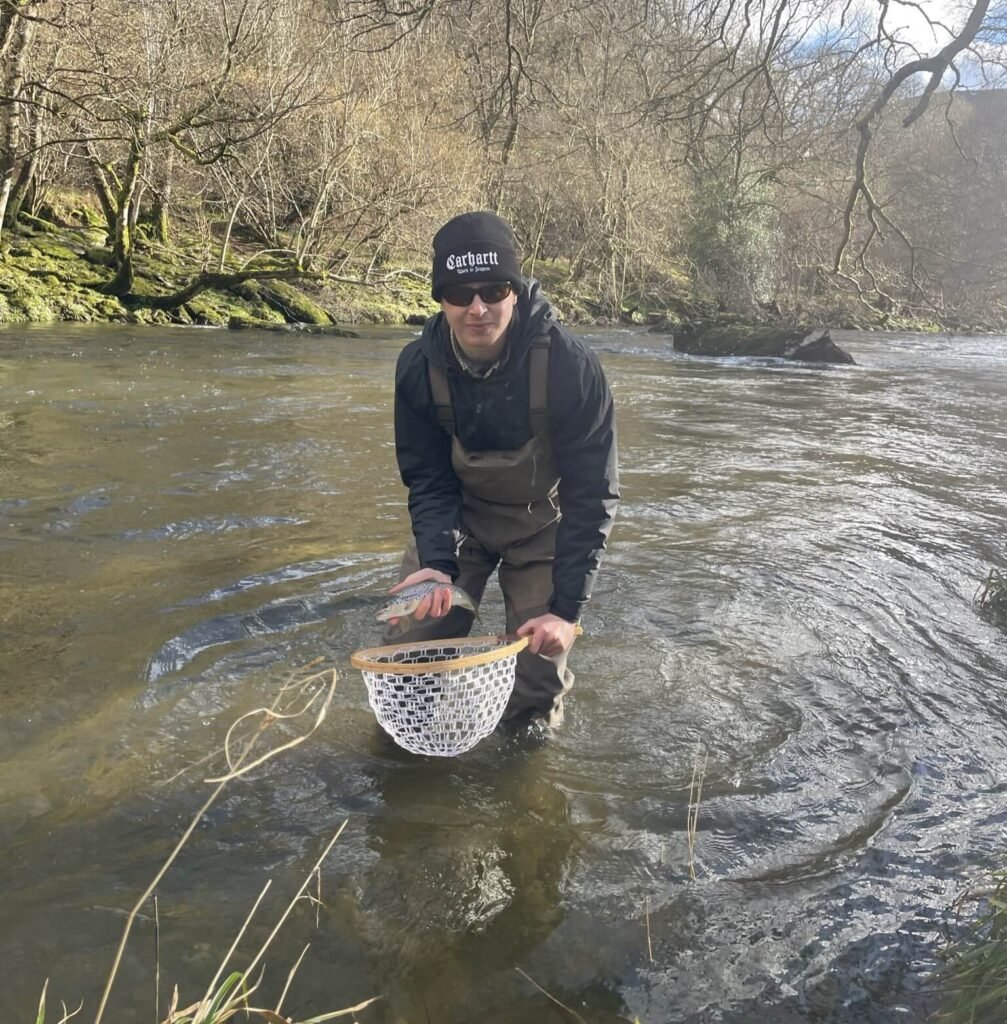
Very good